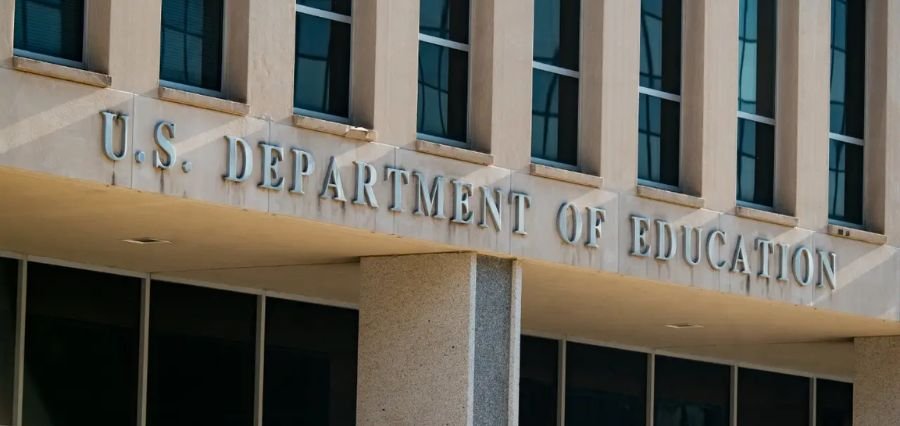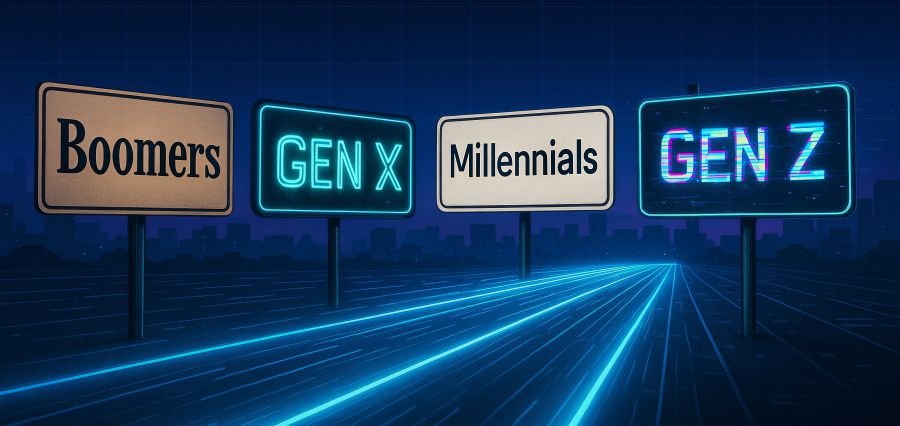Prime Highlights
- The U.S. Education Department has suspended student loan forgiveness under the “Income-Based Repayment” (IBR) program.
- The freeze is part of a broader freeze on all “Income-Driven Repayment” (IDR) programs, which raises borrower concerns.
Key Facts
- Borrowers can no longer track or build credit for qualifying IBR payments toward forgiveness.
- The step comes after court challenges and legislative updates for all IDR-based plans.
Key Background
The Education Department has put forgiveness of student loans through the “Income-Based Repayment” (IBR) program on hold, an important move in the continuing overhaul of federal student loan policy. Long regarded as safe due to statutory underpinning in federal law, IBR is grouped with other “Income-Driven Repayment” (IDR) plans such as SAVE, PAYE, and ICR, all of which have been sidetracked by court rulings and administrative decisions.
The suspension wipes out the opportunity for borrowers in IBR to build or advance toward loan forgiveness. Web features used to track qualifying payments have been shut down, and there is no indication yet when—or if—those tools will be made available again. It has raised severe alarm among borrowers, especially those who are near the forgiveness mark.
The Department moved following a court judge temporarily suspended the SAVE plan, introduced by the Biden administration as a more generous IDR alternative than existing programs. The court ruling did not directly affect IBR, but the Department extended the freeze to all IDR applications and forgiveness tracking—angling and frustrating borrowers. Experts argue that suspension of IBR is not required by law and might be part of an overall strategic shift in federal student loan policy.
At the same time, Congress has introduced a sweeping legislative bill known as the “Big Beautiful Bill.” If enacted, it would supplant virtually all existing IDR plans—e.g., SAVE, ICR, and PAYE—and initiate a new “Repayment Assistance Program” (RAP) for new borrowers, along with an updated IBR for borrowers now. Sold as a simplification measure, it could lead to more up-front monthly payments—up to $200—and less long-term assistance for borrowers, according to critics.
For now, millions of student loan borrowers are left in limbo, unable to pursue forgiveness or verify repayment milestones under IBR. The uncertainty has added to financial stress and eroded confidence in the federal student loan system.









